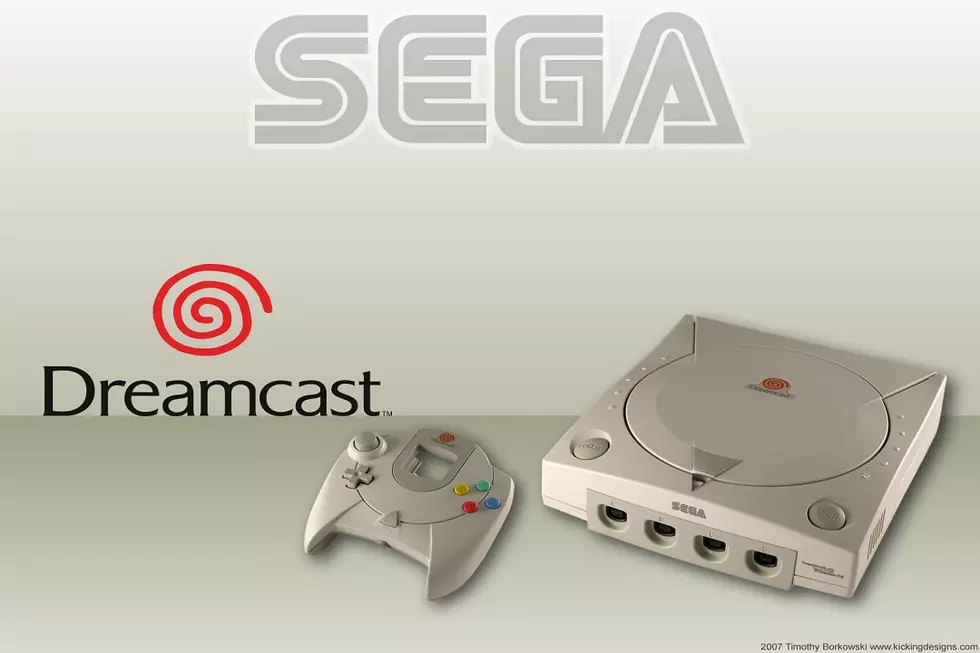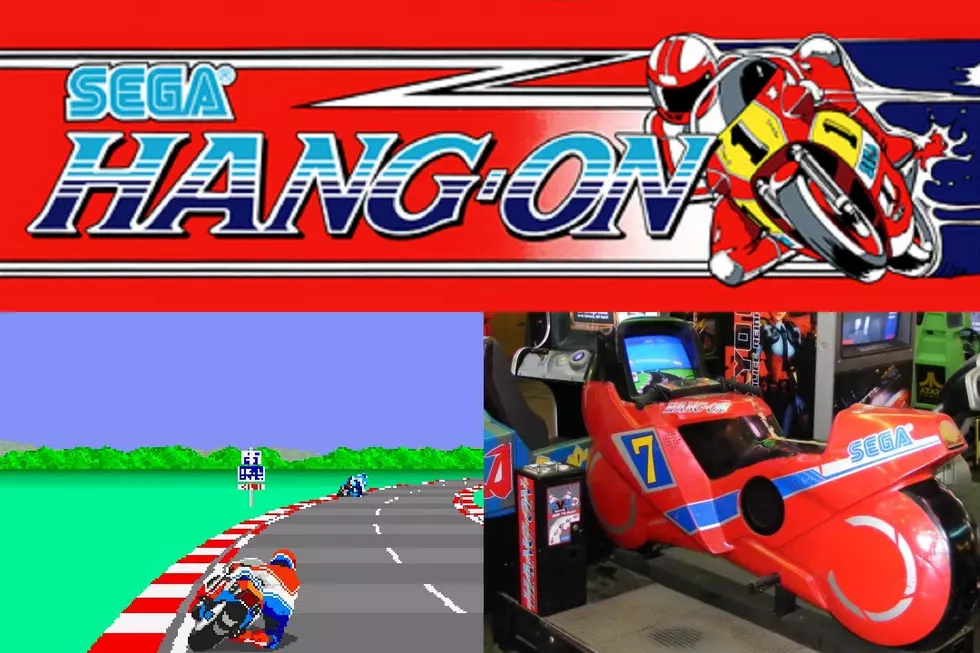
Keeping Sonic Fresh: An Interview With Sonic Boom’s Bill Freiberger
This week, Archie Comics' Sonic Boom series introduces television show writer Bill Freiberger to the comic book fold. As one of the writers on the animated series, it's safe to say Freiberger is familiar with the characters. So what happens when you give a writer used to working with a tight budget the freedom to tell whatever kind of story he wants? You'll have to read Sonic Boom #5 to find out, but you can get a glimpse at the creative process and what it's like working in the Sonic Universe from our conversation about that very thing with Freiberger himself.
Arcade Sushi: Typically when writers jump from television to comics, it's for an adaptation of a live-action property. There's a little more creative freedom then because you don't necessarily have the budgetary constraints of a live show. With Sonic Boom, do you face those kinds of restrictions, or is the animated show as open as the comic is in regards to scale and scope?
Bill Freiberger: CG animation has many of the same restrictions as its live action counterpart. The artists and technicians have to build every set, every prop, and every character in the computer before any of those things can be part of a given shot. Just as in live action, we have a limited number or assets per episode that we can use. As a result, there are things that can be done on a 2D show that can’t be done on a CG show.
For example, we couldn’t do a bunch of Family Guy-style cutaway jokes that are five seconds long and take place in brand new locations. Those things, however, can be done in a comic book (redesigning Eggman’s evil lair into his evil Eggtoberfest is just one example). So, in many ways, moving over to the comic book format was very liberating.
Structurally, television and comics have a few things in common, like 22 minutes for the show and 22 pages for the comic. Did those similarities make it easier to adapt your writing style for the graphic form?
Actually each episode of Sonic Boom is eleven minutes long. And, even so, I found that I couldn’t pack quite as much story into my twenty page comic book as I do in an average episode of the TV show. Another big difference is that I’m basically a TV comedy writer. Which means I’m basically a word guy. As a result I tend to write a lot of dialog. When I handed in my first draft of the comic book, Paul Kaminski, the editor at Archie, told me that if we kept in all of the dialog I’d written there would be no room for pictures. However, at the end of the day, a story is a story. And I was ultimately able to find my way.
Your issue focuses on Eggman, who typically plays the villain role in the Sonic Universe. Do you find it more enjoyable to let loose with the bad guys, or is do you prefer to focus on the more traditional heroes in the Sonic U?
All of the characters are fun to write. They have so many interesting character traits and foibles. Sonic has a huge ego and tends to be impatient. Amy is sweet and empathetic but has a short fuse. Tails always needs to prove himself. Sticks is paranoid and superstitious. Knuckles is strong but a bit dense. But the character that’s probably the most fun to write is Eggman. The Sonic Boom version of Eggman is such a complex character. He has so many internal conflicts and quirks that you can always find something interesting and funny for him to say or do. He’s dangerous, greedy, arrogant, cheap, abusive, needy, selfish, vain, intelligent, misguided, and more. When you’re writing for Eggman, you never know where the scene will go.
Perhaps unfairly, the Sonic Boom iteration of these characters has faced some criticism from longtime fans. Do you feel any added pressure when working on this particular version of these characters to perhaps prove the doubters wrong, and that these are still the same characters everyone already knows and loves?
There are some people that you’re never going to win over no matter how hard you try. But I think that’s actually a very small (but vocal) percentage of the audience. They never want anything to change about the thing they love. There are some folks who don’t think Sonic should be a comedy. But a comedy is what the networks were looking for when this show was developed. So, that’s the direction in which we took the show. And, quite frankly, there’s no point in remaking a show if you’re not going to try something new. The old versions already exist. The audience has access to them on DVD and Netflix if they really want to watch them.
I don’t really feel pressure to prove them wrong; I’ll never win over the haters. I just try to make the best show that I can. When I write the show, I write what entertains and amuses me (same for the comic book). I believe that if I think something’s interesting or funny the audience, old and new, will enjoy it as well. The target audience for Sonic Boom is 6-11 year olds. And we’re doing very well in the ratings with that group. But we’re also doing very well with adults 18-49. So I guess, despite the few complainers, we’re pleasing both old and new fans.
In that same vein, there are a few different versions of these characters, be they from different game or comic universes. What elements of Sonic and his friends do you think transcend all those versions, and provide the core of the characters?
I think that the audience responds to the fact that these characters care about each other. They’ve each got the others’ backs. They’re loyal, trustworthy and can always be counted on. In real life it can be difficult to figure out who you can count on. But in the world of Sonic The Hedgehog, you never have to worry about that. Sonic and his friends will always be there. They can all be counted on. Oh, and Sonic’s really fast. And that’s way cool.
The regular Sonic comic is one of the longest running tales in the industry. How do you keep a character that's been around this long fresh and accessible for both longtime and new fans?
The best way to keep a property like Sonic going year after year is exactly what we’re doing – reinterpret the characters and situations in new and different ways. The best example of this out there is Batman. There are so many different incarnations of Batman. Some people love one version; some people love another; some will hate a version because it’s a spoof (like Batman '66) or played for laughs (Brave and The Bold). But new and different versions keep Batman fresh. The same is true of Sonic. Also, changing up the creative team keeps things fresh. There have been other Sonic shows with other writers over the years. Those writers each brought their own personalities and points of view to their work.
The result being that each of these incarnations of Sonic was unique. In the twenty year run of the comic book, there have been different writers and artists. Right now, Ian Flynn is handling most of the writing on the Sonic titles and he’s doing an amazing job. But he graciously made room for me to write issue #5 of Sonic Boom. This allowed me to bring a little of my personality [to] the comic book. Fans of the Sonic comic books are lucky because they actually get to enjoy different version of Sonic concurrently. They can go to their local comic book shop and pick up the traditional Sonic and Sonic Boom comics and enjoy new stories for each version. And with the Worlds Unite crossover series, they’ll be able to enjoy Sonic and the gang interacting with a whole new set of friends and enemies. That’s another example of keeping the characters fresh.
-----
Sonic Boom #5 will be available in comic shops and digitally today, March 11, with a story by Bill Freiberger and art by Steven Butler, Rick Bryant, Jack Morelli and Matt Herms.
More From Arcade Sushi

![What’s Old is New Again with Sonic Mania on Nintendo Switch [Preview]](http://townsquare.media/site/550/files/2017/01/sonic-mania-2.jpg?w=980&q=75)







